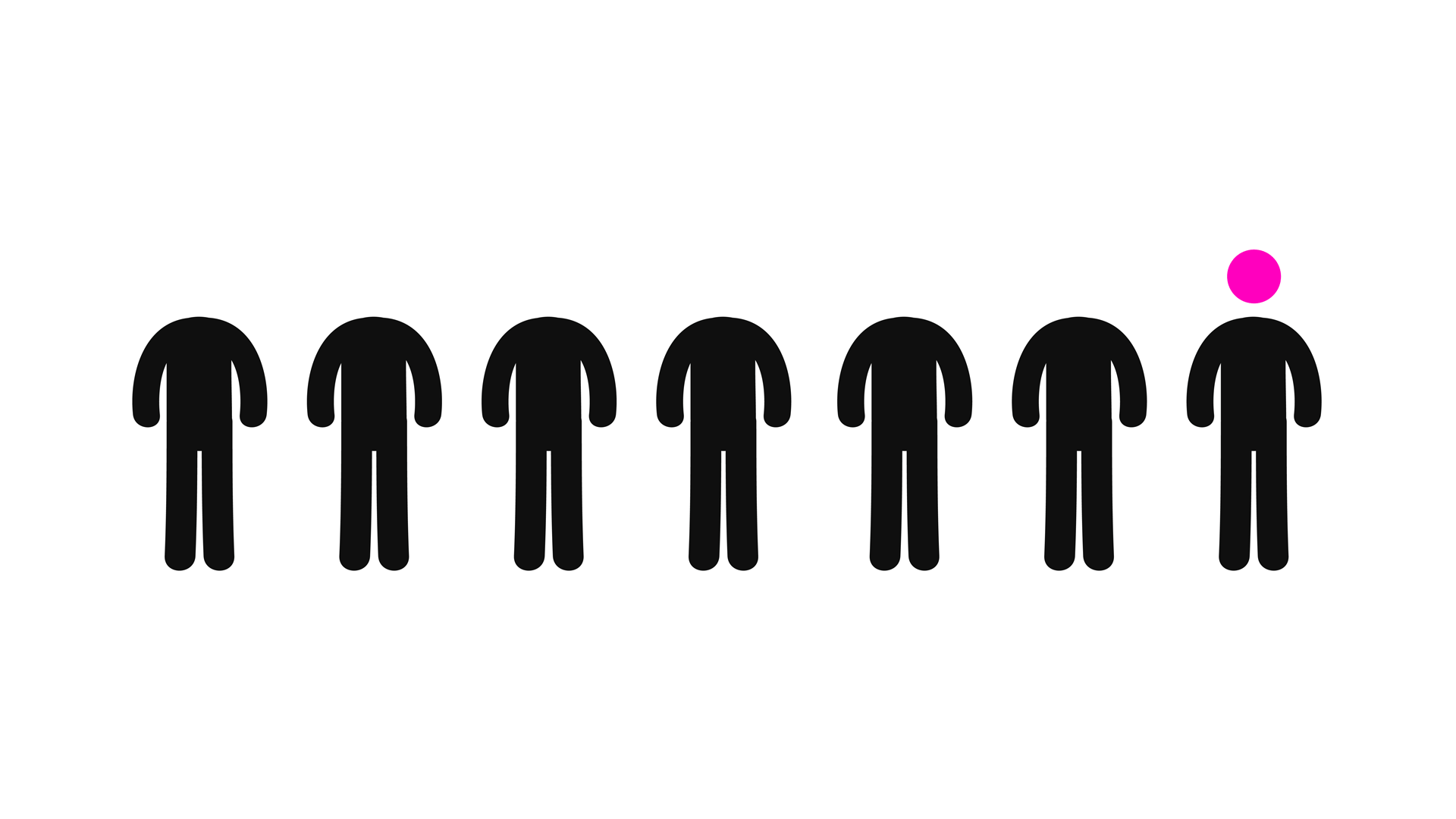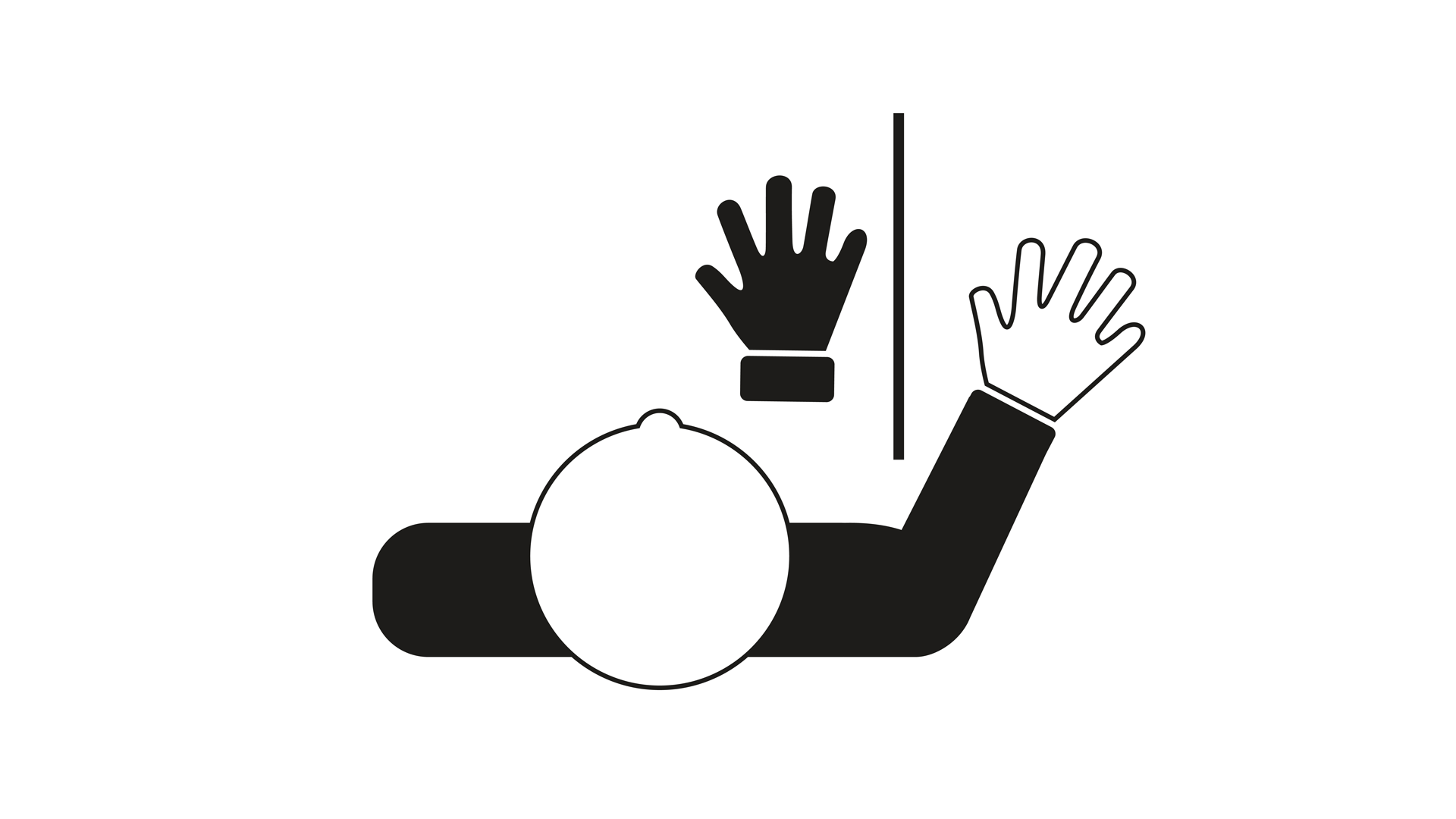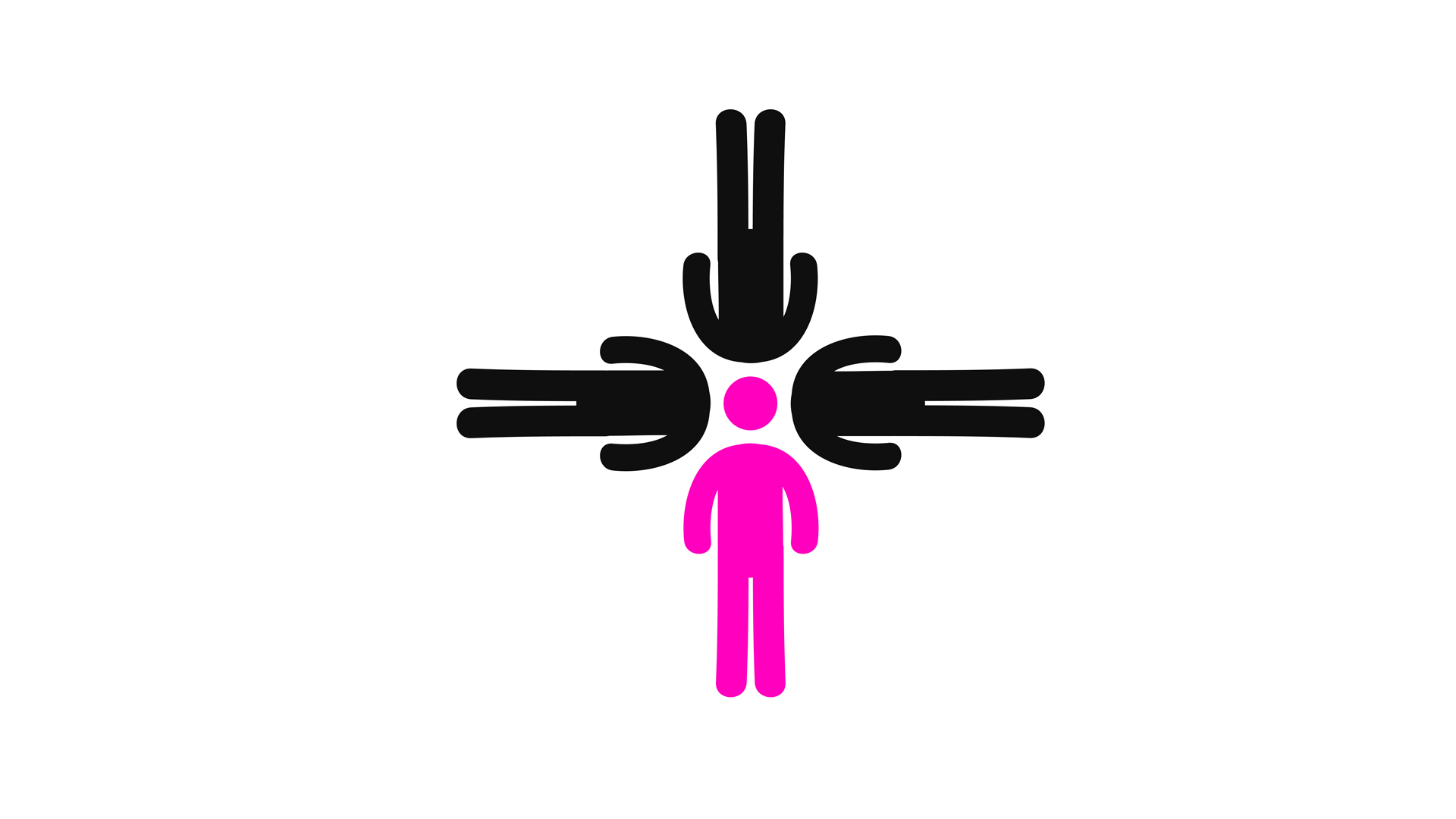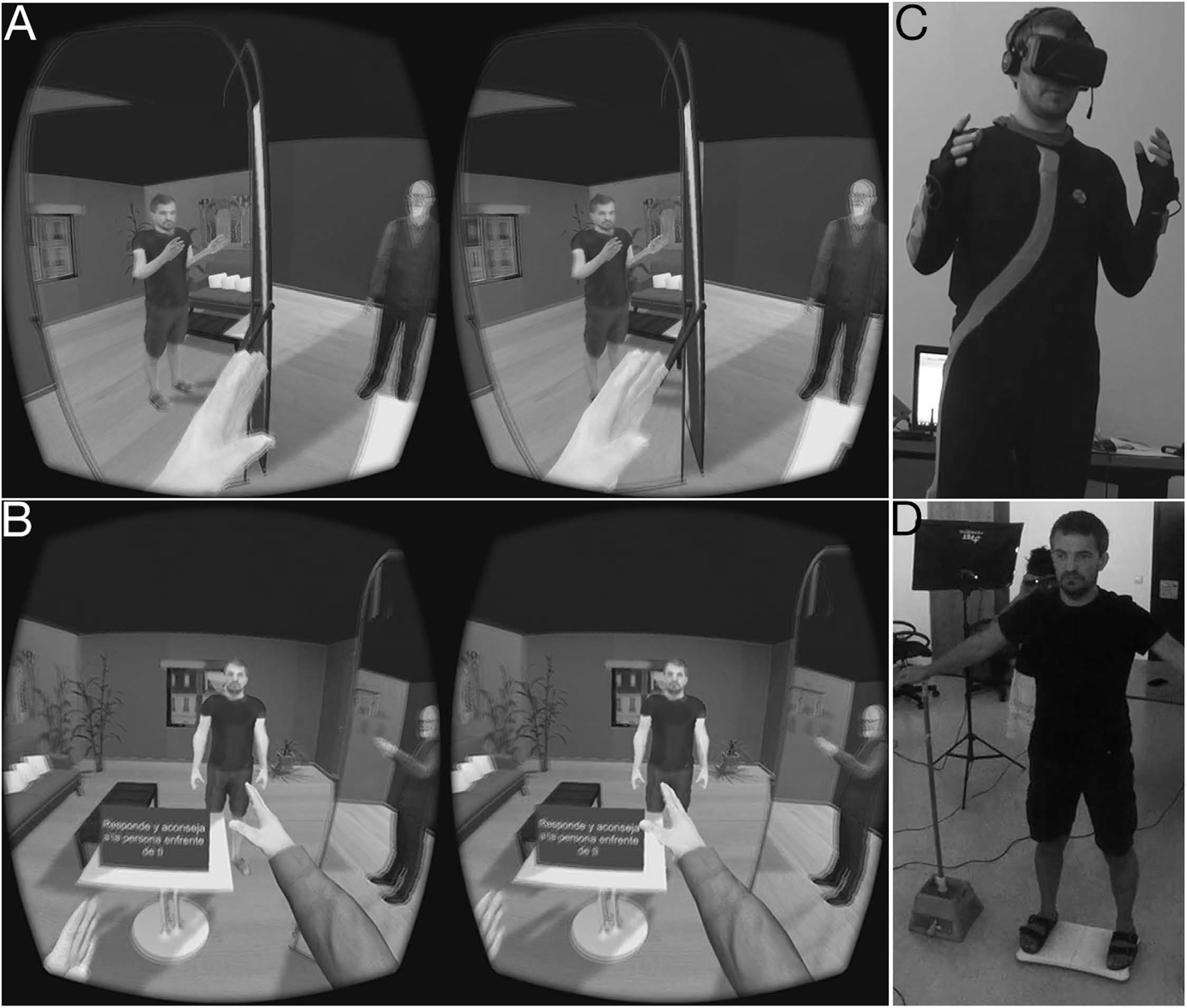How to Change Your Mind
Posted on October 26, 2018Understanding and holding multiple perspectives is an important part of a designer’s work. Recent research in the field of psychology might offer a pathway towards broadening our constraints at perspective taking in design.

“Design performs cultural work in ways that booster particular priorities as influenced by the intentions and assumptions of designers.”1
In their article Design as Symbolic Violence: Reproducing the ‘isms’ + A Framework for Allies Dr. Joanna Boehnert and Dimeji Onafuwa call this phenomenon of creation and reproduction of ideas, practices, products and tools that result in structural and other types of violence symbolic violence.2
Especially through the use of technology, design can address a very diverse and huge part of population. Unfortunately, the human being’s mind as compared to technology is constrained by limitations. For instance, studies have shown that people who hold racist assumptions are often not aware of them.3 Further, the capacity for holding multiple perspectives of other people as well as the potential for changing people’s perspectives and world-views that they gained through their lifetime, simply is neurologically limited.
Luckily, recent research in the field of psychology might offer a pathway towards broadening our constraints at perspective taking in design. Applying modern technologies, researchers were able to change participant’s attitudes through facilitating psychological phenomena like the so called Body Ownership Paradigm, which describes the illusion of owning a body other than one’s own.
The Body Ownership Illusion
The idea that our minds are shaped by our own appearance and vice versa has been discussed by philosophers since decades and this question still concerns contemporary research. A few years ago, researchers found that inducing an overlap between the bodies of self and other through illusory ownership is an effective way to change and reduce negative implicit attitudes towards outgroups.4 To achieve such an illusory ownership, they used a technique called the Rubber Hand Illusion. In this experiment, seeing a rubber hand being touched in synchrony with one’s unseen hand creates a sense of ownership over the fake hand.5
Using the Rubber Hand Illusion, researchers induced the feeling to light-skinned participants that a dark-skinned hand belonged to them. They found that subsequently the participant’s racial attitude towards dark-skinned people was positively altered.

Rubber Hand Illusion _The participant’s hand is lying on the table, hidden behind a dividing wall, while a rubber hand is lying on the table in his sight. Both hands are touched simultaneously and at the same spot.
These findings suggest that the change in the subjective experience of body ownership alters implicit attitudes.6 It can be assumed that experimentally increasing self-other bodily overlap can shift the participant’s perspective in such a way that actions are led by increased empathy towards the virtual body’s phenotypically belonging group.
Based on these findings, one might suggest that by inducing an overlap of a designer’s self and a specific group of population, the design solution would be influenced by empathetic assumptions of the designer about the population. Hence, through increased identification with the depicted group of population during the design process, the design would hold less symbolic violence against them. In everyday practice of designers, this would mean that through the embodiment of a designer in his target group’s bodies the design solution would be better suited towards the target group’s perspectives and needs.
However, due to the need for the movement of hands during a designer’s work, the Rubber Hand Illusion might not be the right application for this endeavor. Hence, there has got to be another solution for creating the Body Ownership Illusion while facilitating free body movement.

Switching moving bodies
A possible answer can be found in another study that was recently published at Scientific Reports.7 Here, technologies like Immersive Virtual Reality (IVR) were exploited to create the Body Ownership Illusion. The participants were set under the perception of owning the body of Sigmund Freud while being confronted with an avatar of themselves. Before starting the experiment, the participants were asked about a real everyday life problem that they are currently facing. After that they were asked to give ‘themselves’ advice while being in an avatar depicting Freud and, for comparison purposes, while being in an avatar depicting themselves. During both trials they were first embodied in the body that was giving the advice and then switched to their own avatar, listening to the advice that they had given before. The experiment showed that the participants felt a more positive response to their own advice when it came from the VR Freud avatar than when it came from an avatar that embodied themselves.8

—
A _The participant explains his problem to the Freud avatar, while being embodied in his own avatar.
B _The participant gives his own avatar advice, while being embodied in the Freud avatar.
The researchers concluded that the different body seems to give the participants the opportunity for thinking from a new perspective. Even though the participants were still limited to their own knowledge, the feeling of embodying Sigmund Freud can lead to detachment from habitual ways of thinking.9
Combining the findings of both studies, it can be suggested that by inducing the virtual Body Ownership Illusion between the body of the designer himself and his target group, through the use of technologies like Immersive Virtual Reality (IVR), the designer’s ability to think from their target group’s perspective could be enhanced. Even though the designers would still be limited to their own knowledge, taking the perspective of their target group can give them the opportunity to think beyond their own mental constraints. Therefore, this method can be an effective way to create design solutions that meet their target group’s needs and to reduce symbolic violence in design.
What’s next?
Imagining designers working in virtual spaces while being embodied in avatars depicting diverse phenotypical representations of their pluriverse audiences does not seem too far-fetched and improbable.
Yet, until then several questions have to be answered. For instance, future investigations have to determine which phenotypical features should be chosen in order to reflect and depict a certain group of population. Scaling a large group of individuals down to certain traits and phenotypical appearances should be a topic that has to be handled with care and sensitivity.
Further, embodiment alone will not be enough. Since the procedure only serves as a tool to broaden perspectives, to shift the way of thinking towards a certain direction and to facilitate empathy, the designer still relies on the limited amount of knowledge being acquired until this point of time. Therefore it should be strongly suggested to offer education in combination with the procedure of embodiment.
After all, we still have to consider that we are not just part of an ecosystem – an ecosystem is part of us. That fact must influence our design decisions moving forward.10 That said, the tool of technology can only serve as an extensive tool to extend and connect our minds in order to bring us closer together as a means of understanding each other’s perspectives. Shaping our mind as a basis of extension, however, is our own responsibility.
_HdV
1_Dr. Joanna Boehnert and Dimeji Onafuwa, “Design as Symbolic Violence: Reproducing the ‘isms’ + A Framework for Allies,” Intersectional Perspectives on Design, Politics and Power, School of Arts and Communication, Malmö University; (2016): 1.
2_Dr. Joanna Boehnert and Dimeji Onafuwa, “Design as Symbolic Violence: Reproducing the ‘isms’ + A Framework for Allies,” Intersectional Perspectives on Design, Politics and Power, School of Arts and Communication, Malmö University; (2016): 1.
3_Banaji, M R., Hardin, C, & Rothman, A. J., “Implicit stereotyping in person judgment,” Journal of Personality and Social Psychology; (1993): 72–281.
4_Lara Maister, Natalie Sebanz, Günther Knoblich, and Manos Tsakiris, “Experiencing ownership over a dark-skinned body reduces implicit racial bias,” Cognition. Author manuscript; (2013): 1.
5_Lara Maister, Natalie Sebanz, Günther Knoblich, and Manos Tsakiris, “Experiencing ownership over a dark-skinned body reduces implicit racial bias,” Cognition. Author manuscript; (2013): 2.
6_Lara Maister, Natalie Sebanz, Günther Knoblich, and Manos Tsakiris, “Experiencing ownership over a dark-skinned body reduces implicit racial bias,” Cognition. Author manuscript; (2013): 1.
7_Sofia Adelaide Osimo, Rodrigo Pizarro, Bernhard Spanlang and Mel Slater, “Conversations between self and self as Sigmund Freud—A virtual body ownership paradigm for self counselling,” Scientific Reports (2015): 6.
8_Sofia Adelaide Osimo, Rodrigo Pizarro, Bernhard Spanlang and Mel Slater, “Conversations between self and self as Sigmund Freud—A virtual body ownership paradigm for self counselling,” Scientific Reports (2015): 1.
9_Sofia Adelaide Osimo, Rodrigo Pizarro, Bernhard Spanlang and Mel Slater, “Conversations between self and self as Sigmund Freud—A virtual body ownership paradigm for self counselling,” Scientific Reports (2015): 6.
10_Jamer Hunt, “Design for the other other 90%: On Modernity and the Microbiome,” MOLD Magazine: Issue 01, Designing for the Human Microbiome., August 2017